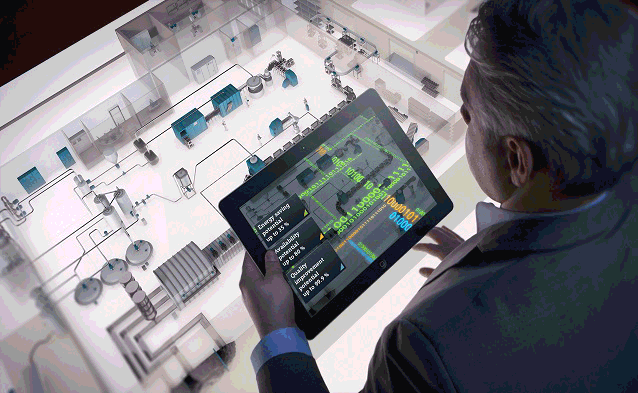Automation Advantages
Reduction in
production time – having a machine that is automated definitely
speeds up the production time since no thinking is needed by the machine, there
is better repeatability, and less human error.
Increase in
accuracy and repeatability – when an automated machine is programmed
to perform a task over and over again, the accuracy and repeatability compared
to an employee is far greater.
Less human
error – no one is perfect, and we are all prone to making mistakes.
Which is why a machine that performs repeated tasks is less likely to make
mistakes than an employee.
Less employee
costs – by adding automated machines to an operation, means less
employees are needed to get the job done. It also indicates less safety issues,
which leads to financial savings. With having less employees, there are
numerous costs that are diminished or reduced such as payroll, benefits, sick
days, etcetera.
Increased
safety – having automated machines means having less employees who
perform tasks that can be dangerous and prone to injury, which can make the
work environment safer.
Higher volume
production – investing in automated equipment creates a valuable
resource for large production volumes, which in turn, will increase profitability.
Automation
Disadvantages
Less
versatility – by having a machine that can perform a certain task
limits to the flexibility and variety of tasks that an employee could do.
More
pollution – different types of machines operate using motor which may
require gases or chemicals in order to operate. This can cause an increase in
pollution in the workplace.
Large initial
investment – automated machines can be one of the most costly operating
costs for a company. With automated machines running anywhere between thousands
and millions of dollars depending on the type and degree of automation.
Increase in
unemployment – by increasing the amount of automation, there are less
employees required causing high unemployment rates.
Unpredictable
costs – there can be several unpredictable costs that may exceed the
actual cost saved by the automation itself. Some of these costs could include
research and development costs of automating a process, preventative
maintenance costs, and the cost of training employees to operate automated
machines.


No comments:
Post a Comment